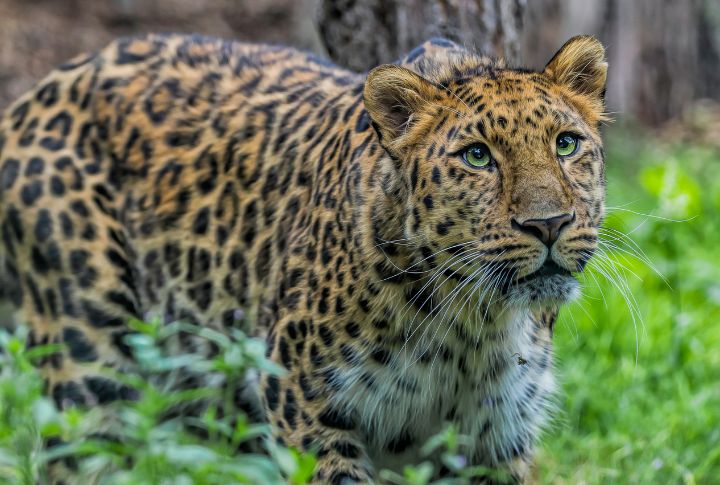
Our planet teems with incredible creatures, each playing a role in the web of life. However, some species teeter on the brink of disappearing forever. This list explores 15 of Earth’s rarest animals, magnificent creatures trying to survive extinction.
Vaquita

This endangered porpoise is the rarest marine mammal globally, with only around ten individuals left in the wild. It only lives in the Gulf of California in Mexico. It is threatened by entanglement in gill nets used for illegal totoaba fishing.
Northern White Rhinoceros

The Northern White Rhinoceros is facing extinction, with only two females remaining. Poaching for their horns was the primary reason for their decline. Conservation efforts are now focused on advanced reproductive technologies in hopes of saving the species.
Saola

Also known as the Asian unicorn, the saola is a mysterious antelope species discovered in 1992. Very little is known about these animals, and it’s almost impossible to spot them in the wild. Deforestation and hunting threaten their habitat in Vietnam and Laos.
Javan Rhinoceros

The Javan rhinoceros is an increasingly rare rhino species. Around 70 Javan rhinos are estimated to remain in the wild, all in Ujung Kulon National Park in Indonesia. Habitat loss and poaching are hurting their survival.
Amur Leopard

The Amur leopard is the hardest-to-find big cat on Earth. It is found mainly in Russia and China in places close to their borders. Less than 100 of them remain in the wild, no thanks to habitat loss and poaching for their fur.
Hainan Gibbon

This critically endangered gibbon species lives only on Hainan Island, China. Habitat loss and hunting mainly threaten this species, with only around 30 of them remaining.
Tapanuli Orangutan

A subspecies of the Sumatran orangutan, the Tapanuli orangutan also falls on this list, with a population estimated at less than 800. It is found only in a small, isolated forest in Sumatra, and deforestation for palm oil plantations threatens their home.
Yangtze Giant Softshell Turtle

The world’s largest softshell turtle, the Yangtze giant softshell turtle, is endangered. Only three of its kind are left—one in China and one or two in Vietnam. Habitat loss, pollution, and overfishing have decimated their populations.
Black-footed Ferret

The black-footed ferret is a little ferret native to North America. Their population dwindled due to habitat loss due to prairie dog eradication programs and poisoning by rodenticides used to control prairie dogs. They returned from the brink, but they are still considered endangered.
Spix’s Macaw

This large blue macaw is endemic to Brazil and has been extinct in the wild since the early 2000s. Losing their home and being captured as an illegal pet were the main reasons for their decline. Conservation efforts are underway to reintroduce them to the wild.
Scimitar-horned Oryx
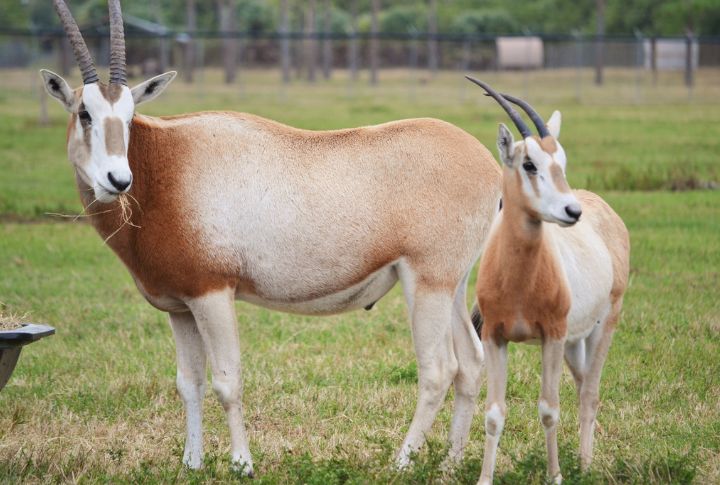
Once seen across North Africa and the Arabian Peninsula, there are not more than 1800 left in the world. Habitat loss and hunting are responsible for their decline. Conservation efforts are underway to reintroduce them to their former range.
Axolotl
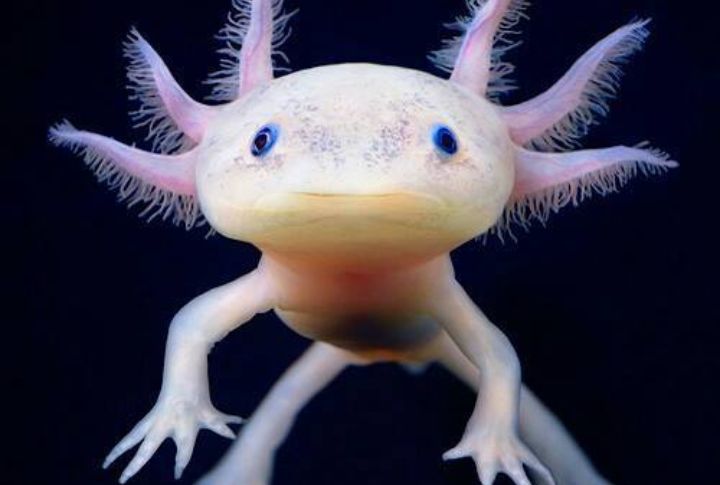
A type of salamander that regenerates its limbs, the axolotl is critically endangered in its native Xochimilco canals near Mexico City. Water pollution and invasive species are the biggest threats to its survival.
Hirola

Found only in the Horn of Africa, the hirola is a critically endangered antelope species. With only 300-500 remaining, livestock grazing and competition for resources, as well as drought and disease, are affecting its habitat.
Spoon-billed Sandpiper
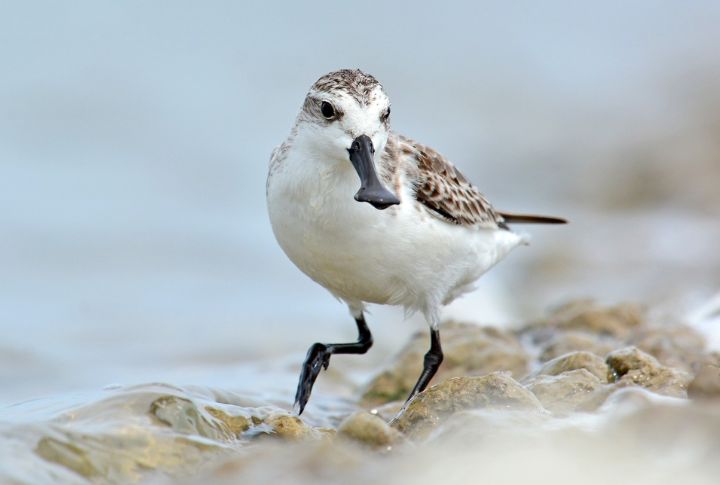
This migratory shorebird is one of the rarest birds in the world. Habitat loss and degradation in their breeding grounds in Russia and China and hunting during migration have caused their numbers to plummet. Only about 1,000 are left.
Northern Hairy-nosed Wombat
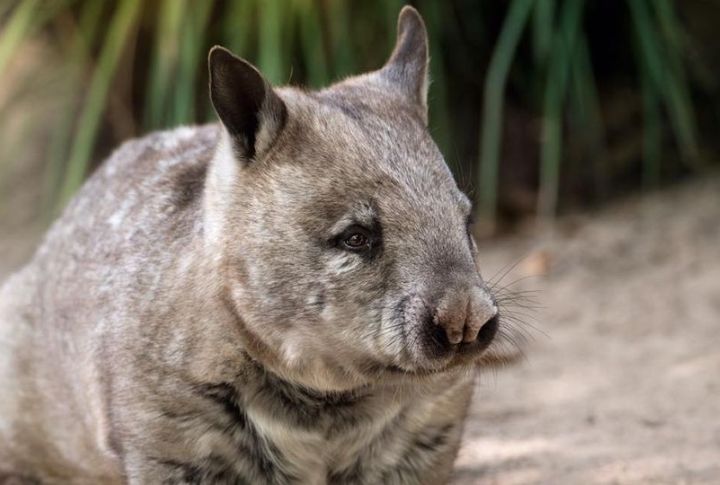
This small wombat species is found only in a small area of brigalow scrubland in Queensland, Australia. There are estimated to be fewer than 400 wombats remaining. Habitat loss due to agriculture and predation by feral cats are the biggest threats to their survival.

Comments
Loading…